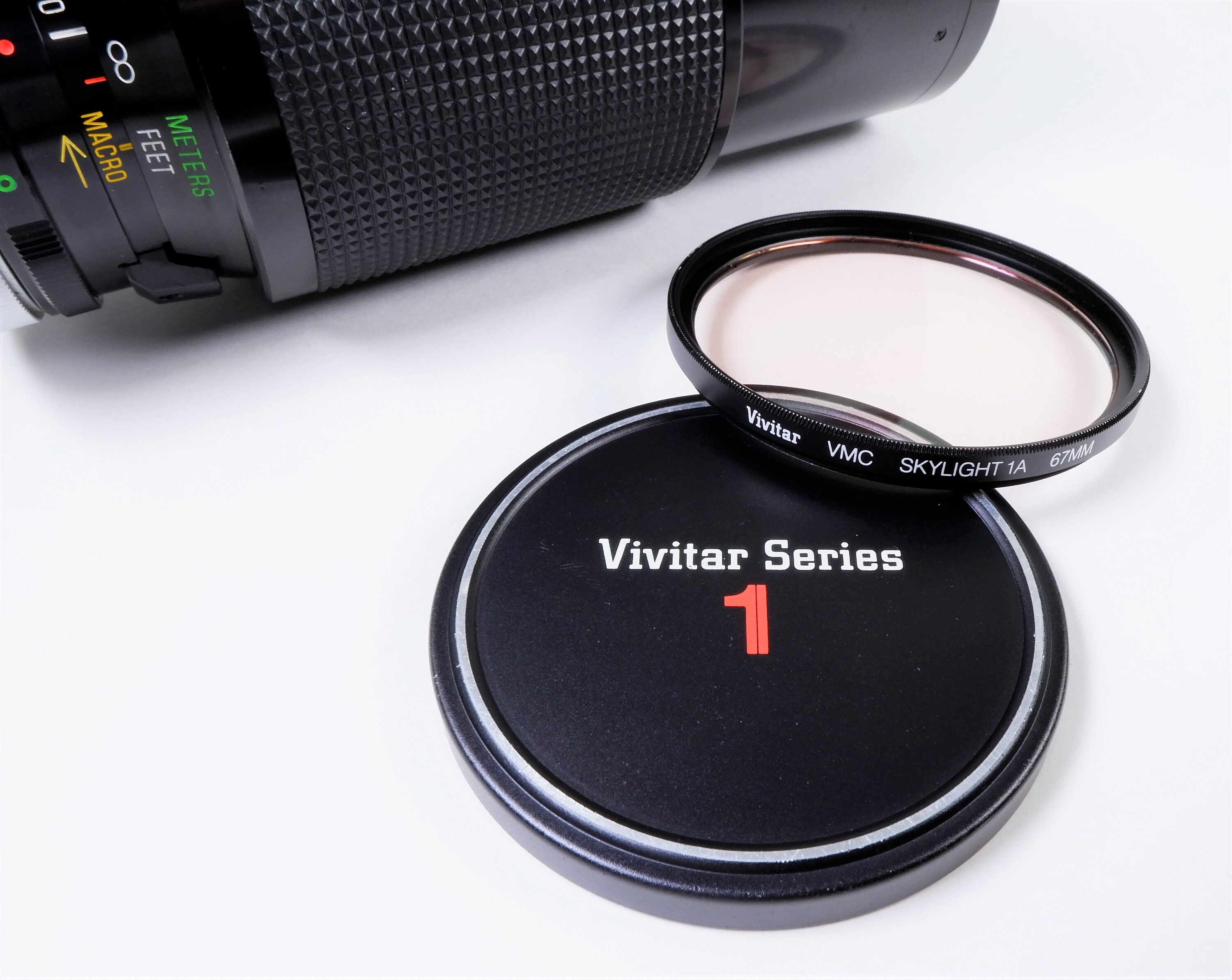

This Vivitar stays quick from start to finish, which is a great feature for shooters, and impressive considering this lens was manufactured in 1975.ĭig a little deeper into the specs and we find some really impressive stuff. The constant aperture stat is significant most zoom lenses are quick at the short end of the range and lose significant speed at the long end (e.g. The raw specs of the Series 1 70-210mm are encouraging a zoom range spanning from short telephoto to medium-long telephoto, and a constant aperture of f/3.5, more than healthy for most telephoto lenses of the time. They were meant to combine prime-level optical performance and a quick maximum aperture with the versatility of a zoom lens.

The result was that all zoom lenses were quickly “known” to be inferior to prime lenses. The Vivitar Series 1 zooms, of which the 70-210mm f/3.5 was one, set out to change that. These were compromises that most shooters simply didn’t want to make. But there was a catch – the zoom lenses of the time often sacrificed lens speed and image quality for this versatility.
VIVITAR LENS FILTERS SERIES 1 PROFESSIONAL
This key feature was greatly appreciated by fast-moving, quick-thinking professional photographers. Zoom lenses let shooters choose their focal lengths without requiring mounting of different prime lenses (lenses of a single focal length). Zoom lens technology was still in its infancy at the time, but the advantages of such a lens were clear, especially to working photographers. Prominent even among these better-than-most lenses were Vivitar’s telephoto zooms, including the 70-210mm f/3.5. And for the most part, these Series 1 lenses were highly regarded among photographers of the time. The best lenses of these efforts would earn a spot in Vivitar’s Series 1 lens family, a range of lenses meant to compete with the best lenses in the world. Vivitar contracted a number of Japanese lens manufacturers to do their bidding, most notably Kiron, Tokina, and Cosina (the last of these would eventually manufacture Voigtlander rangefinder lenses and cameras). In the mid-1970s, Santa Monica based optical distributor Vivitar made a name for themselves by rebranding and marketing top tier Japanese-made lenses for the North American market. They just sat there, waiting for somebody, anybody to pay attention to them. But despite their outrageous shape and size, they never flew off the shelves. About five or six years ago this lens was a constant sight at secondhand stores and film camera shows, often found with a compact SLR clinging for dear life at the end of its long barrel. One third-party zoom that has always caught my eye is the once lauded and now relatively forgotten Vivitar Series 1 70-210mm f/3.5. Their names are mostly unknown, their specs assumed to be inferior, their histories virtually untold. Here exists an entire subset of dirt-cheap and capable lenses that have been cast aside by both the hardcore and casual modern photographer. The subject of the third-party zoom lens isn’t a new one to us, but it deserves a little more attention.


 0 kommentar(er)
0 kommentar(er)
